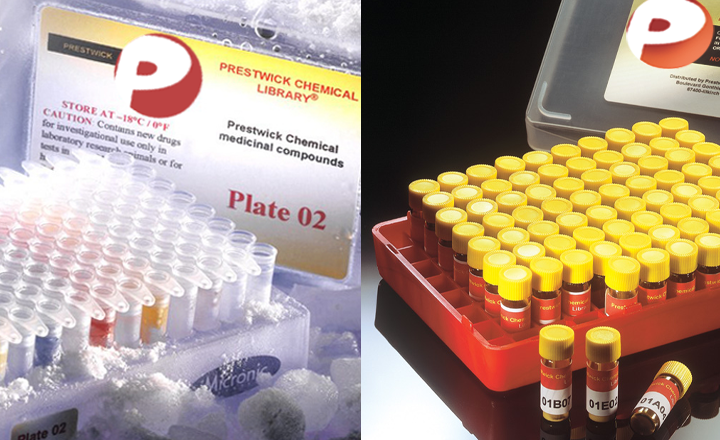Homogeneous time-resolved fluorescence resonance energy transfer assay for measurement of Phox/Bem1p (PB1) domain heterodimerization.
Nakamura K, Zawistowski JS, Hughes MA, Sexton JZ, Yeh L, Johnson GL, Scott JE
Journal of biomolecular screening - vol. 13 396-405 (2008)
Journal of biomolecular screening
Twenty human proteins encode Phox/Bem1p (PB1) domains, which are involved in forming protein heterodimers. MEKK2, MEKK3, and MEK5 are 3 serine-threonine protein kinases that have PB1 domains. MEKK2, MEKK3, and MEK5 are the MAP3Ks and the MAP2K in the ERK5 mitogen-activated protein kinase (MAPK) signaling module. ERK5 is a critical MAPK for both development of the vasculature and vascular homeostasis in the adult, but no other MAPK has been shown to be critical in vascular maintenance in the adult animal. MEKK2 and MEKK3 are the only MAP3Ks shown to physically interact with and activate the MEK5-ERK5 signaling module. Interaction of MEKK2 or MEKK3 with MEK5 is mediated by heterodimerization of the MEKK2 (or MEKK3) PB1 and MEK5 PB1 domains. The authors have developed a homogeneous, time-resolved fluorescence resonance energy transfer (TR-FRET) assay to monitor PB1-PB1 domain heterodimerization. The assay uses a europium-chelate conjugated GST-MEK5 PB1 domain chimera, biotinylated MEKK2 PB1 domain, and streptavidin-Cy5. Interaction of the MEKK2 and MEK5 PB1 domains gives a robust FRET signal (Z’ factor = 0.93), which is completely abrogated by mutation of 2 acidic residues (64D65E–>AA) within the MEK5 PB1 domain that causes loss of stable PB1-PB1 domain interaction. This assay can be used to study the specificity of PB1-PB1 domain interactions and to screen for molecules that can regulate MEKK2/MEKK3-MEK5 interactions. Disruption of PB1 domain interactions represents a novel approach for selectively regulating the ERK5 signaling pathway independent of kinase active site-directed adenosine triphosphate competitive inhibitors.


